NECKTIE
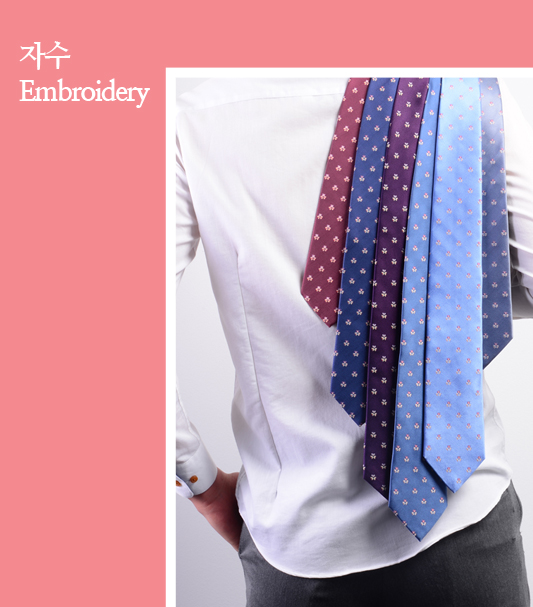

- 벌
- Triple bees, 8cm, silk jacquard
- 부지런함과 검약을 상징하며 민화나 자수, 병풍, 보자기, 나전칠기 등 많은 작품들에 사용되어 왔습니다. 19세기 화조(花鳥)문 자수에 사용되었던 벌을 화합의 상징인 삼각구조로 표현했습니다.
- BEE
- Bees are symbols of diligence and frugality. Images of bees were often used in folk paintings, embroideries, ornamental folding screens, Bojagi (clothwrapper) and lacquerware inlaid with mother-of-pearl. Bees in the embroideries of the19th century flower and bird design are used here in a triangular scheme, representing unity.
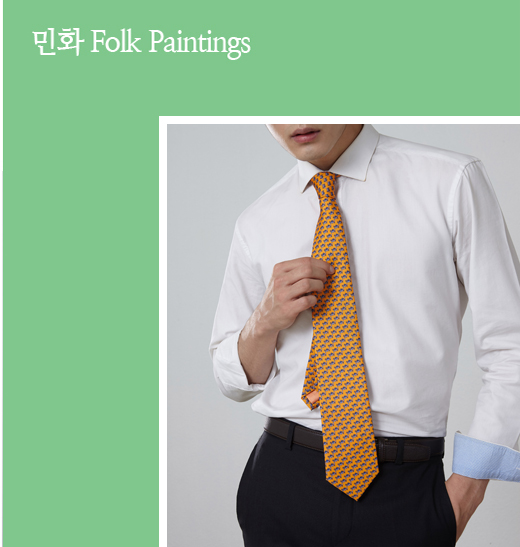
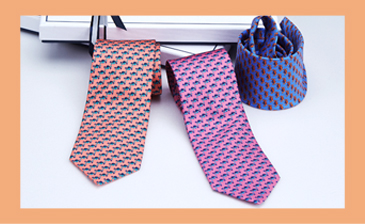
- 무당벌레
- Korean lady bug, 8cm, silk twill
- 길조와 행운을 가져다 주는 상징으로 아시아권 문화에서 진실한
사랑이 찾아올 징조로 여겨집니다. 혜에서는 무당벌레를
캐릭터화하여 친근하면서도 모던한 멋을 추구합니다.
- LADYBUG
- Ladybugs represent good luck and fortune. In the Asian culture, it is believed that ladybugs foretell the coming of true love. To
show friendliness and exhibit modern taste in its designs, HYE
created the unique ladybug character.
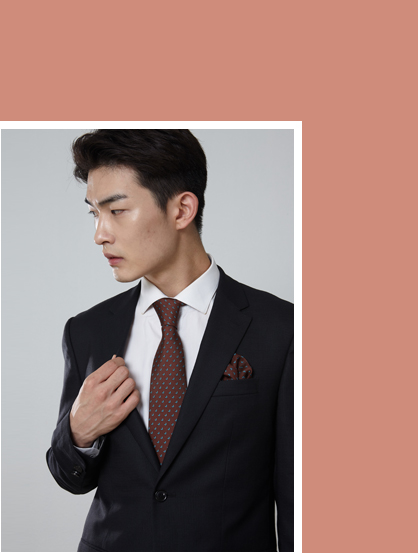
- 나비
- K-buttterfly, 8cm, silk twill
- 즐거움, 행복, 희망의 의미를 가지고 한국의 민화나 미술품, 민속품, 전통 자수 등에
폭넓게 사용되어 왔습니다. 혜에서는 19세기 민화 속의 나비 문양을 차용, 새로운
세상과 따스한 봄을 기원했던 선조들을 떠올려봅니다.
- BUTTERFLY
- Butterflies were widely used in Korean folk paintings, artworks, folk art and traditional embroidery as symbols of joy, happiness and hope. HYE took its butterfly image from a 19th century folk painting with hopes to remember our ancestors who longed for a new world and a warm spring.
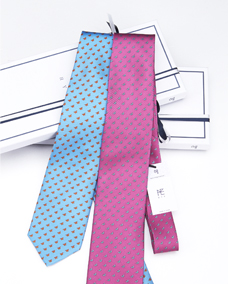
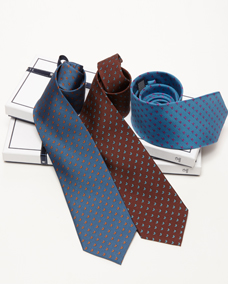
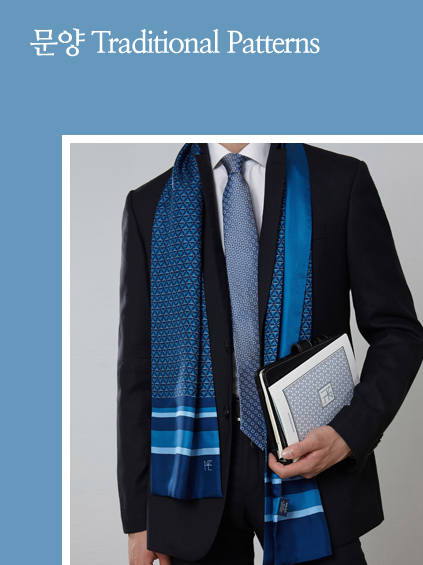

- 꽃살문
- Glazing bar in Chosun dynasty, 8cm, silk twill
- 화려하면서도 소박한 느낌의 한국의 대표적인 전통 문양으로 악을 차단하는 부적과 같은 상징성을 가지며, 그 정교함과 고풍적인
아름다움으로 조선 왕실의 어전과 대웅전 등에만 사용되었습니다. 혜의 대표적 이미지입니다.
- FLOWER LATTICE PATTERN
- Rich and modest at the same time, this is one of the main
traditional patterns of Korea.It is meaningful in that it averts evils. The elaborate and antique design was only used to decorate the Chosun Dynasty palaces or the celebrated Buddhist temples in
Korea. This is the main image of HYE.
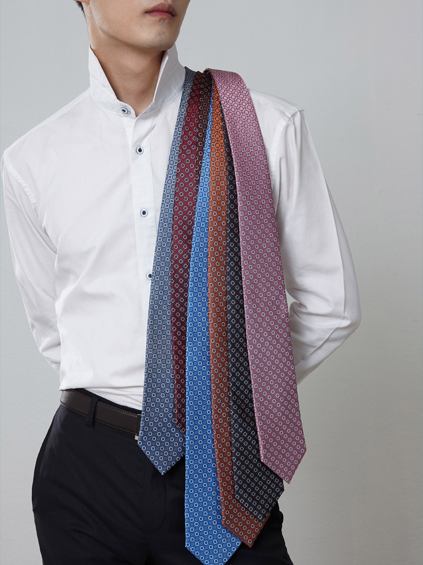
- 길상문
- Gilsangmun, 8cm, silk jacquard
- 여러 가지 전통 문양 가운데에서도 특히 ‘복’을 기원하는 의미를 담은 문양으로 복의 상징적, 은유적 표현을 지닌다. 문학숭상의 기풍이 체질화되었던 조선사회에서 가장 애호되는 문양이었다.
- Gilsangmun (Pattern of Good Fortune)
- Among many traditional Korean pattern, Gilsang pattern is known to bring good luck. It was one of the most beloved patterns in the Chosun Dynasty as it carries both symbolic and metaphorical meanings of good fortune.
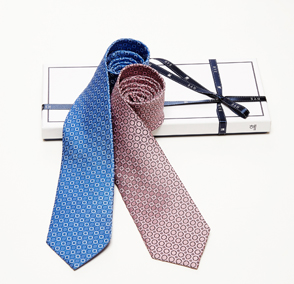
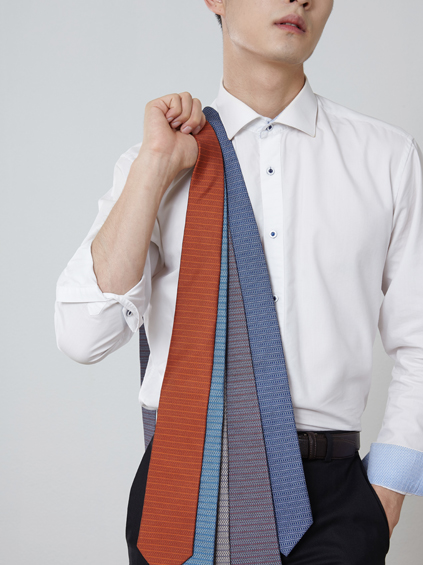
- 칠보고리문
- Chilbogorimun, 8cm, silk twill
- 칠보고리문은 원, 타원, 동심원 등을 좌우로 연속시켜 마치 사슬이 꿰어진 모양을 이룬 연속무늬로 칠보무늬 중 전보를 연결시켜 연속으로 이루어진 무늬다. 고리가 여러 모양으로 연결되어 이루어진 것은 윤회를 상징하는 도형이며, 대개 장수를 의미하는 길상무늬로 진리의 무한한 영원성을 의미한다.
- Chilbogorimun (Enamel Chain Pattern)
- Circles, Ovals, and concentric circles are connected side by side to form endless chains. Jeonbo pattern, which is a repeated pattern of four overlapping circles, is used to connect the shapes. The chain of circles signifies the cycle of birth, death, and rebirth. If is also a pattern of longevity and eternity.
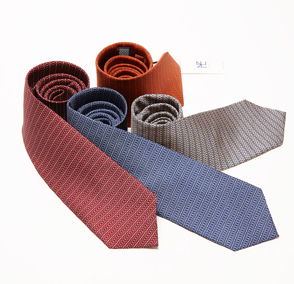
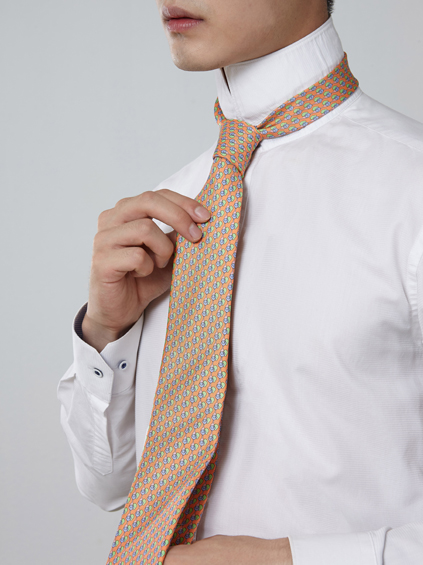
- 도자기 (조선 백자)
- Baekja (White Porcelain), 8cm, silk twill
- 조선 전기부터 후기에 이르기까지 오랫동안 만들어진 백자는 부드러운 곡선의 기형을 이루고 유약은 투명한 것이 특징이다. 풍만한 양감과 포용력이 있고 청초해 보이는 특성을 지니고 있어 그 시대의 정서와 예술성을 표현하고 있다.
- Baekja (White Porcelain)
- White porcelains were in production from the early-to late Chosun Dynasty. They are characterized by beautiful curves and transparent glaze coating. These elegantly round artworks exude a sense of warmth and purity as they hold the culture and artistic merit of the period.
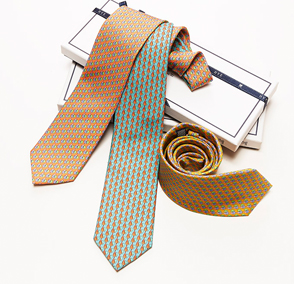
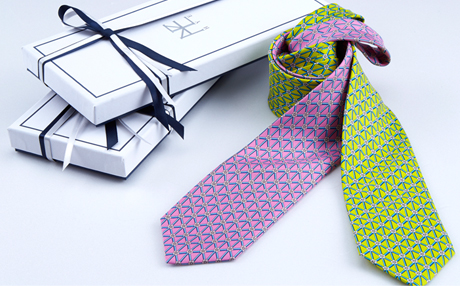
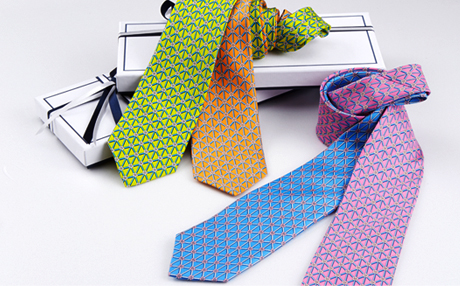
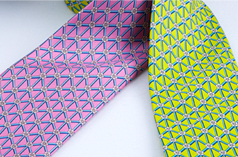
- 오얏꽃
- Plum tree blossoms, 8cm, silk twill
- 오얏리(李)씨를 본으로 하는 조선 왕조 때 오얏꽃은 조선시대 국화와 왕실의 문장으로 사용되었습니다.
왕과 왕후의 의복에만 사용되어 온 오얏꽃이 전통적인 창살 문양과 함께 조화롭게 사용되었습니다.
- PLUM TREE BLOSSOMS
- The Chosun Dynasty’s royal family held the surname of Lee, which means plum. Plum blossoms were adopted as the national flower and the royal coat of arms during the Chosun Dynasty. Plum blossoms, which were once only used in royal clothing of kings and queens, have been combined with traditional lattice patterns here.



